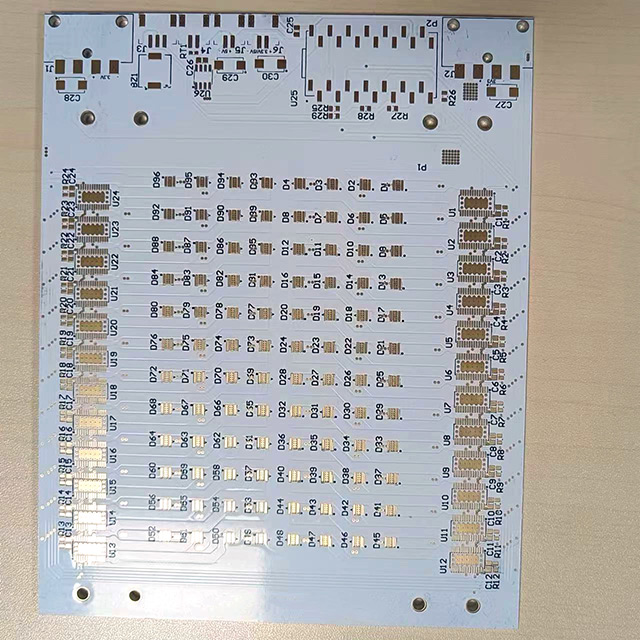G
GMjohn
use the spring toggles. if you can, drill a new hole for the cable entry away from the fixings.
Looking at the fitting, I don't think I could. The space available is about the thickness of the t&e and the grommet at the cable entry is raised. If I offset the 11mm m3 hole a little, and also drill 11mm for the cable directly above the cable entry. I can get around a 10-15mm distance between them.
I am here to help fella, the light concerned was total trash, A new LED is now going in, much better and I will be thanked for it in the end, Experience :smilewinkgrin:
i appreciate it.
Looking at at the spring toggle, and the fact I need to pull on the fitting whilst screwing in to stop the toggle spinning, and given there's 3 toggles, I was thinking it would be easier to do if I put a nut and washer on the toggle and fasten them as I pull on the screw. Then when it's tight I can screw the screw in normally.
I was going to use m3 penny washers, as the head of the toggle is so small. But I can't seem to find them. I can only find m3 light washers. Do they not do penny washers this size?
I was was also thinking of using two m5 spring toggles and one m3 near the cable entry, but it doesn't look like that's necessary judging by the comments and I'll use three m3 instead.
Now a few niggling stupid questions -
With the fitting and screws, there was also 3 metal washers and 3 silicone type washers but with a small membrane type thing instead of a hole. I've never really seen one like it before and it's not mentioned in the instructions. Is it to serve as a washer and I pierce an hole in it with the screw, or is it a kind of cap to cover the screw and seal the indent. Is this an alternative to me using silicone sealant over the screw, as this was mentioned in the instructions? I was just going to leave it out and use silicone as I usually would on ip65 stuff.
what metal are the spring toggles made from? It is zinc coated or stainless steel? I always get confused about which washers and bolts to buy, a2 or bzp. Does it really matter if using internally in a situation such as this?
And a possibly even stupider question, given the potential moisture in the environment maybe getting to the screw/washer etc, does metal of dissimilar materials come into it? I'm thinking a little vague knowledge at the back of my mind is making me overly ---- here and it's not an issue. Feel stupid asking, but it's little things like this that niggle at me without an experienced electrician on hand doing a job.











